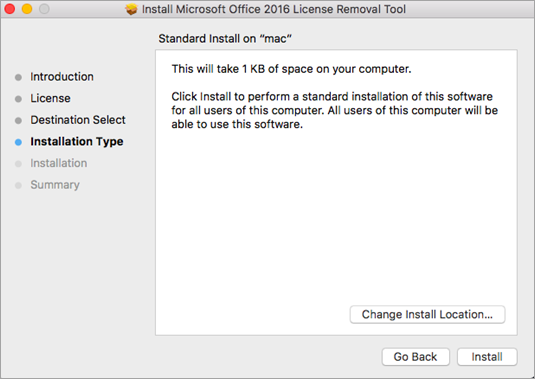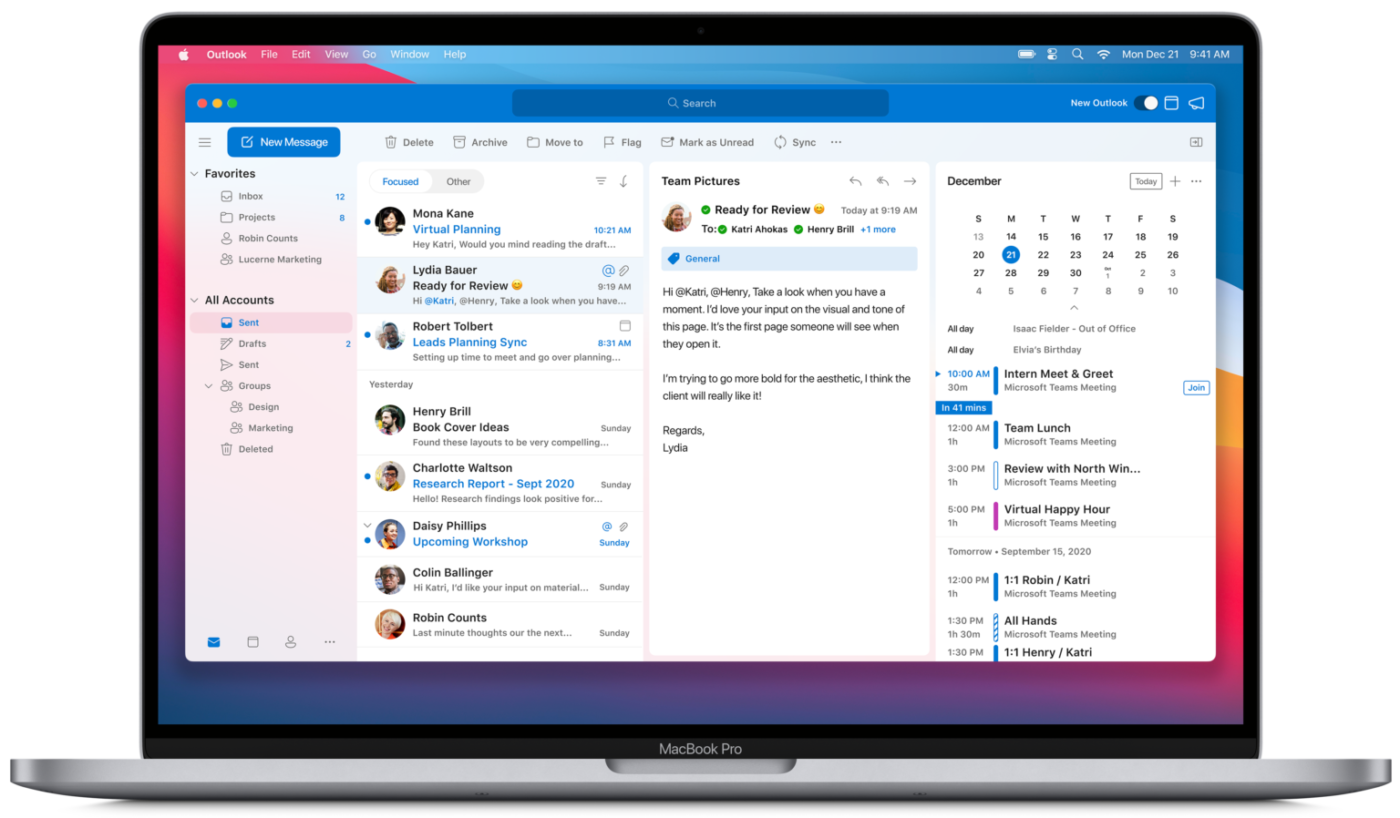
After you install the Office Uninstall Tool on Windows 10/11, the Uninstall Office products window should open. How to Uninstall Office with Office Uninstall Tool Click this exe file to follow the instructions to install the Office Removal Tool. After downloading, you should see a file named SetupProd_OffScrub.exe at the bottom of your browser. Click the Download button under Option 2 to download the Office Uninstall Support Tool to your computer. Click Option 2 under Click-to-Run or MSI. Go to the official page from Microsoft Support: Uninstall Office from a PC. 
A detailed guide for how to get rid of Office by using Control Panel or Settings is also included. This post teaches you how to download Office Uninstall Tool and use it to remove Office from your computer. Microsoft provides a free Office Uninstall Tool to help users completely uninstall Microsoft Office on Windows 10/11.
How to Recover Deleted/Lost Microsoft Office Documents. Uninstall Microsoft Office from Control Panel. How to Uninstall Office with Office Uninstall Tool. 

Microsoft Office Uninstall Tool Download.To recover deleted or lost MS Office files, you can use MiniTool Power Data Recovery. Check how to download and use Office Uninstall Tool below. Microsoft also offers a professional Office Uninstall Tool to help you uninstall Office automatically. Restart Outlook for this change to take effect.To uninstall Microsoft Office on Windows 10/11, you can do it from Control Panel or Settings. Ĭlick the profile that you want, click Set the default profile, and then click Set as Default.
 Ctrl+click or right-click Microsoft Outlook, and then click Show Package Contents.ģ.Open Contents > SharedSupport, and then double-click Outlook Profile Manager.Ĥ.Do one of the following: Create a new profileĬlick the Create a new profile button, and then type a name for the new profile.ĭouble-click the profile, and then type a new name for the profile.Ĭlick the profile that you want to remove, and then click the Delete the selected profile button. From Finder, open the Applications folder. The Outlook Profile Manager (Microsoft Database Utility) allows you to create new profiles, delete, edit and set a default profile, so that when Outlook opens, the default profile will always display. NOTE: Outlook 2011 for Mac, profiles were called identities.
Ctrl+click or right-click Microsoft Outlook, and then click Show Package Contents.ģ.Open Contents > SharedSupport, and then double-click Outlook Profile Manager.Ĥ.Do one of the following: Create a new profileĬlick the Create a new profile button, and then type a name for the new profile.ĭouble-click the profile, and then type a new name for the profile.Ĭlick the profile that you want to remove, and then click the Delete the selected profile button. From Finder, open the Applications folder. The Outlook Profile Manager (Microsoft Database Utility) allows you to create new profiles, delete, edit and set a default profile, so that when Outlook opens, the default profile will always display. NOTE: Outlook 2011 for Mac, profiles were called identities.








 0 kommentar(er)
0 kommentar(er)
